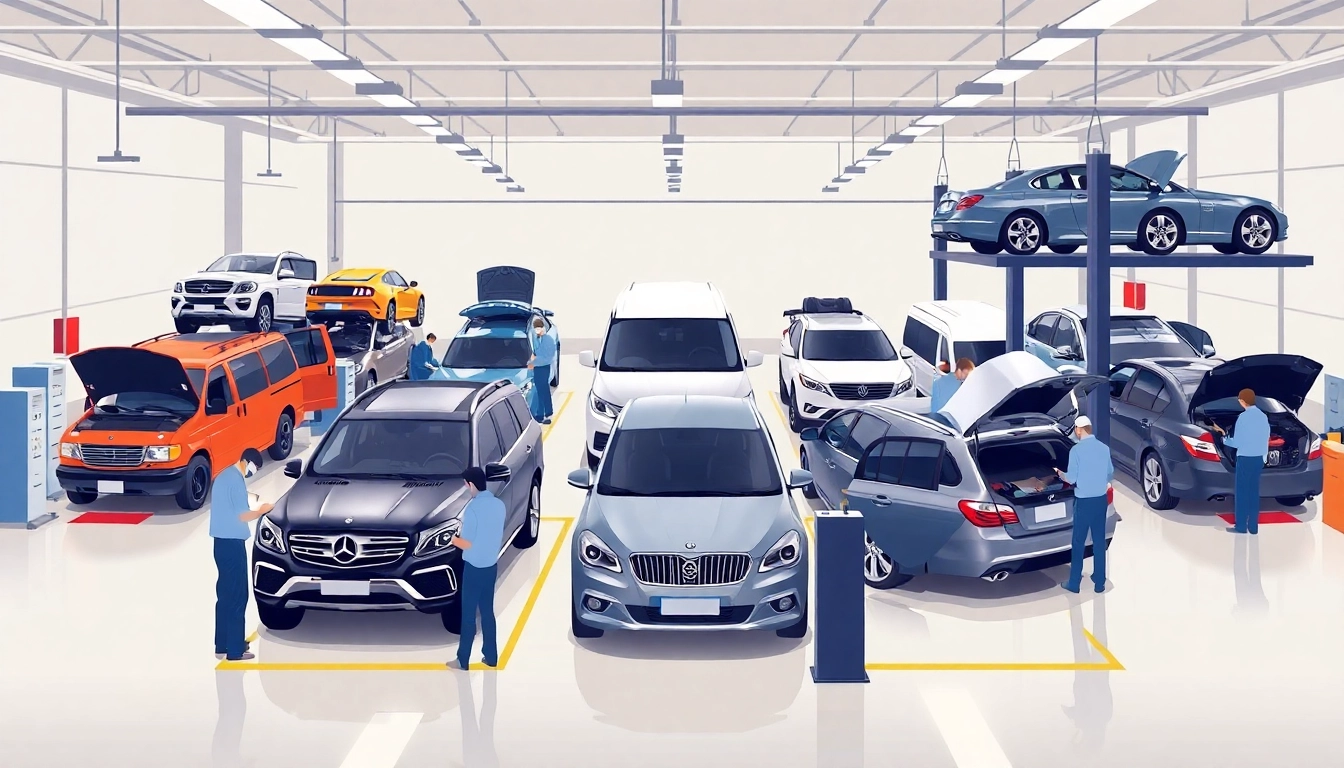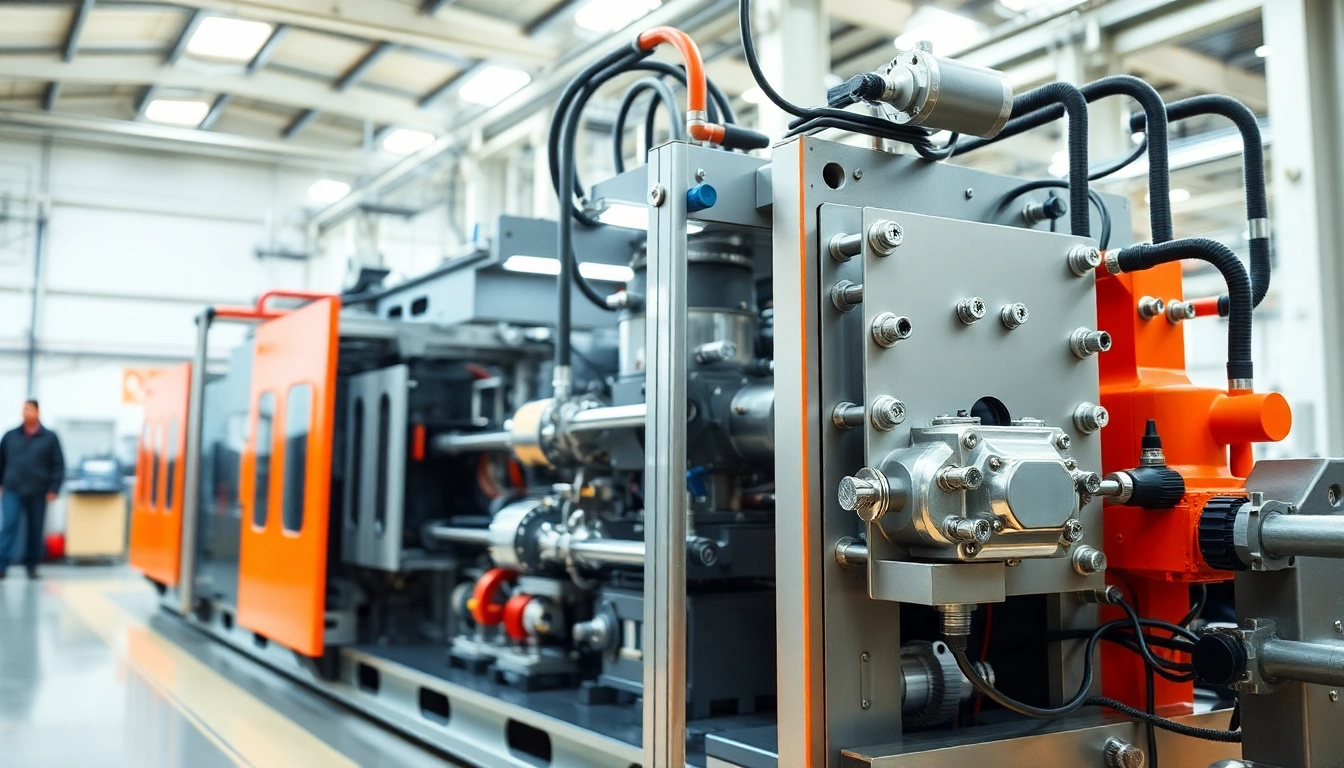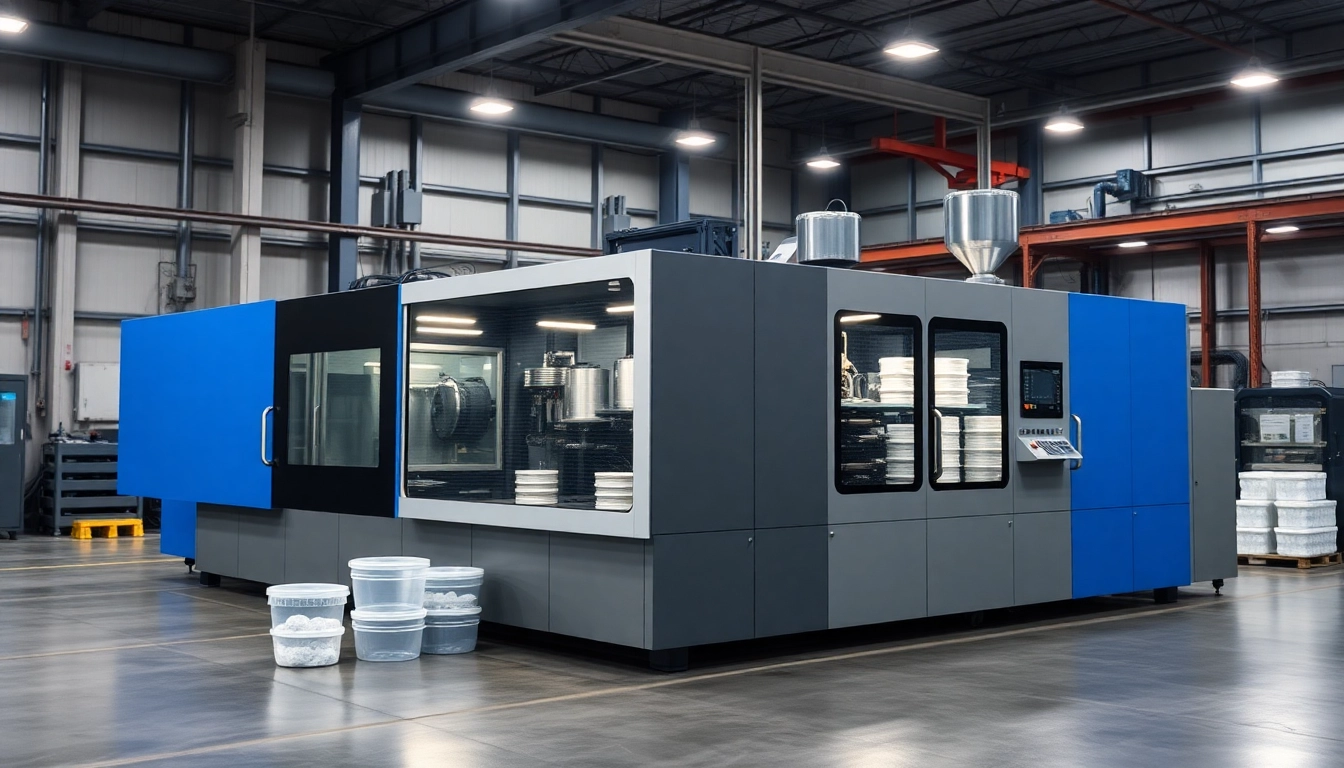Understanding Preventive Maintenance for Fleets
In the world of fleet management, ensuring the longevity and efficiency of vehicles is paramount. This is where preventive maintenance for fleets comes into play. Effective preventive maintenance entails regular checks and services that protect against breakdowns and unexpected repair costs. By integrating a comprehensive maintenance program into fleet operations, managers can improve vehicle uptime and drastically reduce the financial impact of unplanned repairs.
What is Preventive Maintenance?
Preventive maintenance is a proactive approach to fleet maintenance intended to keep vehicles in optimal condition and prolong their lifespan. It includes activities like routine inspections, timely oil changes, tire rotations, brake inspections, and the replacement of worn-out parts before they fail. Essentially, it revolves around the principle of addressing issues before they escalate into costly breakdowns.
Key Benefits of Implementing Preventive Maintenance
Implementing a robust preventive maintenance program delivers several advantages to fleets of all sizes:
- Increased Vehicle Lifespan: Regular maintenance helps keep vehicles in good shape, significantly extending their operational lifespan.
- Minimized Downtime: By preventing unexpected breakdowns, fleets can maintain high availability and improve service delivery.
- Cost Savings: Though preventive maintenance incurs scheduled costs, it is far less than the expenses associated with emergency repairs and replacements.
- Improved Safety Standards: Routine inspections ensure all safety features function properly, reducing the risk of accidents.
- Enhanced Resale Value: Well-maintained vehicles fetch a better price in the resale market.
Common Misconceptions About Preventive Maintenance for Fleets
Despite its benefits, there are several misconceptions about preventive maintenance that can hinder its implementation:
- It’s Too Expensive: Many fleet managers believe that preventive maintenance is a costly investment. In reality, the long-term savings from avoiding major repairs far outweigh the costs.
- It’s Only for Old Vehicles: Preventive maintenance is essential for all vehicles, regardless of age. Newer models benefit from maintenance just as much as older ones to ensure they meet performance expectations.
- It’s a One-time Task: Maintenance is an ongoing process instead of a one-time action. Setting up a preventive maintenance schedule should be part of the yearly plan.
Steps to Develop a Preventive Maintenance Program
Establishing a preventive maintenance program requires careful planning and execution. Here’s a structured approach to developing an effective maintenance schedule:
Conducting a Fleet Assessment
The first step in creating a preventive maintenance program is a thorough assessment of your fleet. This includes evaluating:
- Vehicle types and models: Different vehicles require different maintenance protocols.
- Current condition of each vehicle: This helps determine the immediate service needs and future preventive measures.
- Usage patterns: Frequent use will necessitate a more regular maintenance schedule.
By gathering detailed insights, fleets can develop tailored maintenance strategies that cater to their specific needs.
Setting Maintenance Intervals and Schedules
After assessing the fleet, it’s essential to set maintenance intervals. This can be done through:
- Manufacturer Recommendations: Following the recommended maintenance schedules outlined in the vehicles’ manuals.
- Usage-Based Intervals: Tailoring schedules based on actual miles driven or hours of operation.
- Seasonal Adjustments: Some maintenance tasks may be more relevant during specific seasons, such as preparing vehicles for change in weather.
Creating a calendar or using maintenance management software can help keep track of scheduled services and ensure timely execution.
Creating a Comprehensive Maintenance Checklist
A thorough maintenance checklist is an invaluable tool for ensuring that every aspect of vehicle upkeep is addressed. This checklist should include:
- Routine oil changes and lubrication tasks.
- Tire inspections and rotations.
- Brake system inspections & adjustments.
- Battery testing and replacement schedules.
- Fluids checks (transmission, coolant, etc.).
- Light and signaling equipment inspections.
This level of detail in a checklist ensures comprehensive oversight and accountability during maintenance tasks.
Best Practices for Fleet Preventive Maintenance
To maximize the effectiveness of preventive maintenance, fleet managers should adopt certain best practices:
Regular Inspections and Record Keeping
Frequent vehicle inspections should be a staple in any preventive maintenance program. Keeping meticulous records of inspections, repairs, and parts replacements helps identify patterns over time and streamlines maintenance planning. Consider developing an enterprise management system to log all activities for easy accessibility and auditing purposes.
Utilizing Technology for Maintenance Tracking
In an age of digital innovation, fleet managers have access to powerful tools that can take preventive maintenance to the next level:
- Telematics Systems: Monitor vehicle health in real-time and receive alerts for upcoming maintenance needs.
- Fleet Management Software: Organize schedules, manage inventory, and track vehicle performance all in one platform.
- Mobile Applications: Enable technicians to access maintenance records and upload progress reports instantaneously.
Integrating technology can greatly enhance the efficiency and responsiveness of fleet maintenance operations.
Training Staff for Effective Maintenance Protocols
All staff involved in fleet management must be well-trained in preventive maintenance procedures. Establishing a culture of safety and accountability ensures that maintenance tasks are performed correctly and consistently. Training can include:
- Regular workshops on new technology and best practices.
- Safety protocols and compliance requirements.
- Hands-on skills training for technicians.
Well-informed staff can contribute significantly to optimizing maintenance operations and keeping fleet vehicles in peak condition.
Common Challenges in Fleet Preventive Maintenance
While preventive maintenance systems provide numerous benefits, certain challenges may arise during their implementation:
Handling Budget Constraints
Many fleet managers struggle with budget restrictions that limit comprehensive maintenance programs. To tackle this issue:
- Prioritize critical repairs and preventive tasks based on vehicle condition and usage to allocate funds effectively.
- Seek out bulk purchasing options for parts and supplies.
- Consider outsourcing specific maintenance tasks to reduce labor costs.
Proactively managing finances can contribute to a balanced approach to maintenance spending.
Dealing with Diverse Fleet Types
When a fleet consists of varied vehicle types, it complicates the maintenance process. To manage diversity:
- Segment vehicles into categories based on maintenance needs.
- Develop tailored maintenance programs that accommodate unique requirements of each segment.
- Utilize specialized staff trained for specific vehicle types.
This targeted approach fosters better maintenance outcomes across the fleet.
Overcoming Resistance to Change
Change is often met with resistance. To facilitate smoother transitions when implementing a preventive maintenance strategy:
- Communicate the benefits of preventive maintenance clearly to all stakeholders.
- Involve team members in the planning process to foster ownership.
- Provide incentives for adhering to maintenance protocols.
A collaborative environment encourages buy-in and minimizes resistance.
Measuring the Success of Your Preventive Maintenance Strategy
To ensure the effectiveness of a preventive maintenance program, managers should implement measurement systems:
Key Performance Indicators (KPIs) to Monitor
Identifying and tracking KPIs is crucial for determining how well the maintenance program is performing. Potential KPIs include:
- Average maintenance cost per vehicle.
- Frequency of breakdowns or unscheduled repairs.
- Average repair time.
- Vehicle uptime percentages.
- Preventive maintenance compliance rates.
Regularly reviewing these indicators helps fine-tune maintenance efforts over time.
Evaluating Cost Savings and Efficiency Gains
Calculating the overall cost savings from preventive maintenance should be part of the ongoing assessment process. Consider factors such as:
- Comparison of historical data before and after the implementation of preventive maintenance.
- Cost reductions linked to avoided breakdowns and emergency repairs.
- Improvements in fuel efficiency from well-maintained vehicles.
Understanding these financial impacts underscores the program’s value.
Conducting Regular Audits of Maintenance Practices
Periodic audits of the maintenance processes can uncover inefficiencies and highlight areas for improvement. Audits should include:
- Reviewing maintenance records for compliance with the established schedules.
- Assessing technician performance and reporting accuracy.
- Evaluating the effectiveness of using technology in maintenance tracking.
These audits facilitate continuous improvement and adjustment of practices to meet evolving challenges.













Leave a Reply